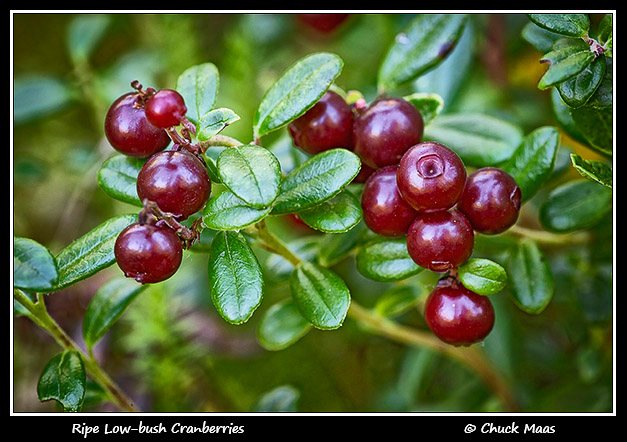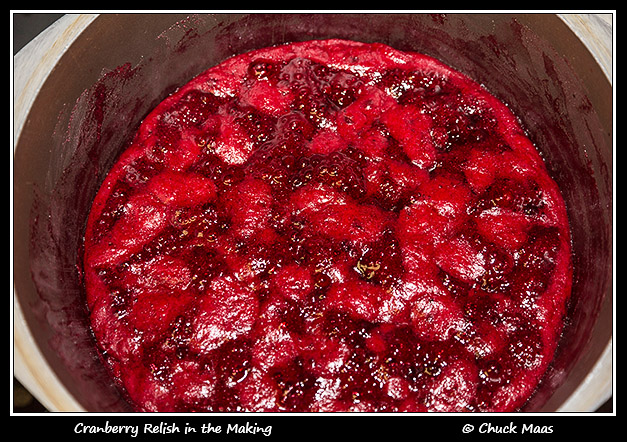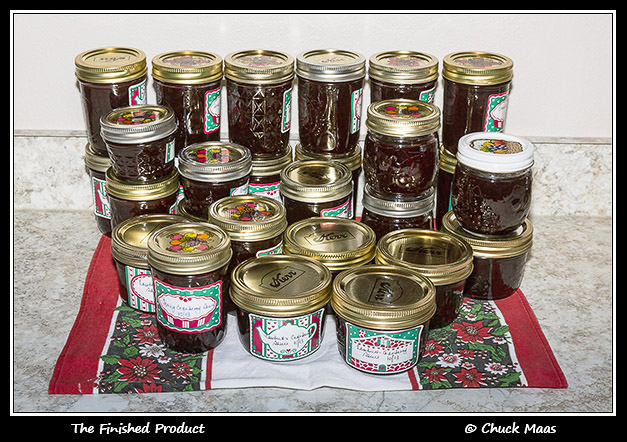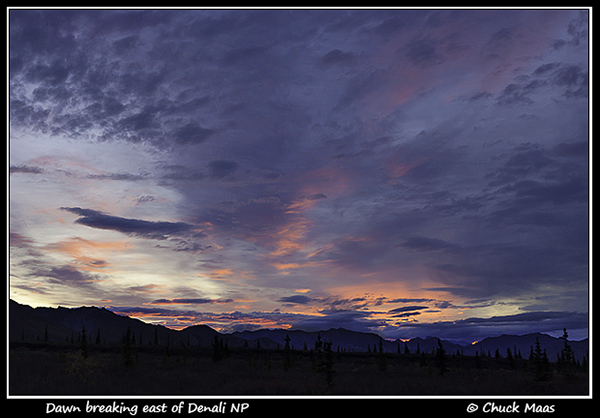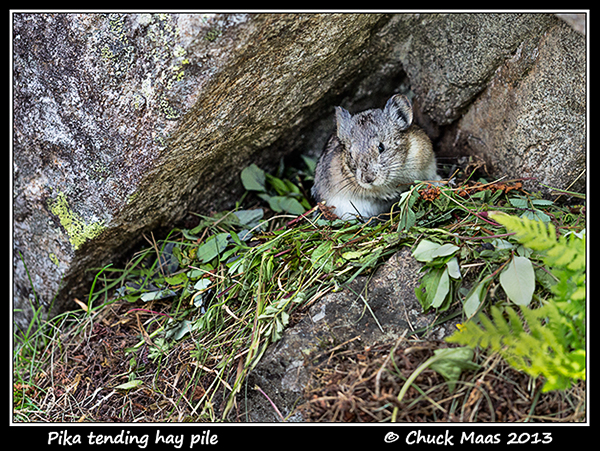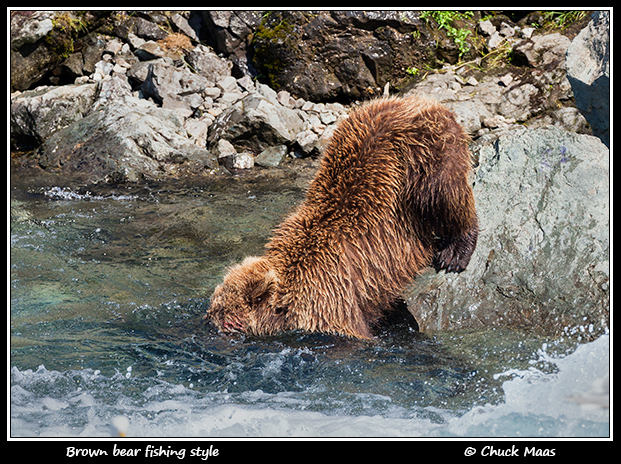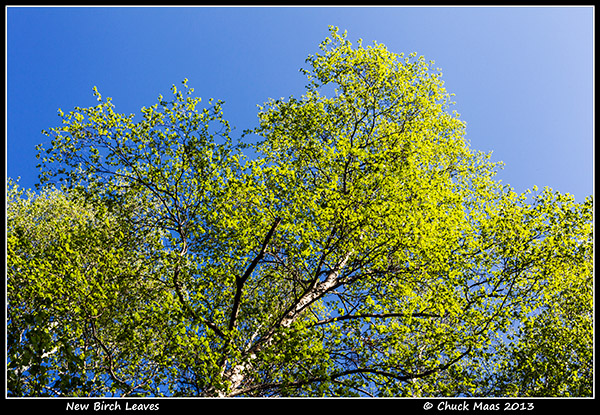The lynchpin of the digital darkroom is the monitor or display used to optimize image files. Without a monitor that accurately shows a wide range of colors precisely the same way session to session, all your visual adjustments are arbitrary and you’ll have little or no confidence that anyone else looking at your images on another system will see anything close to what you so carefully created.
There are numerous factors to consider in choosing a monitor, including size, resolution, color gamut, color accuracy, calibration system, connectivity options, and cost. Size is a personal choice; 24” to 30” models tend to suit most users. Resolution depends somewhat on screen size and aspect ratio, but usually varies between 1920×1080 pixels and 2560×1600 pixels, though we’re starting to see a few with even higher resolution. Color gamut has to do with how extensive a range of colors the monitor will show; many inexpensive monitors still only show (approximately) the sRGB color space (the lowest standardized 8-bit color space, and the one still used most widely on the web). Wide-gamut monitors have become increasingly available the last few years and are important to achieving the best image optimization. Color accuracy is a function of manufacture and screen quality; more accurate monitors usually cost more.
Calibration seems to be one of the most baffling factors. The way monitors show colors changes over time. In order to know what the monitor is showing and to keep it adjusted as it ages, one has to set it up to a specific set of parameters, including white point, gamma, and intensity, and then periodically calibrate and create a new profile for it. Without starting from a known point and returning to a known point there is no accuracy. Rudimentary calibration systems use software and a colorimeter to adjust the computer video card’s lookup tables; advanced (hardware calibration) systems use software and colorimeter combinations that are optimized for the specific monitor and store the calibration data in lookup tables in the monitor, not the computer video card. Hardware calibration is superior and should be part of your system if at all possible.
Proper connectivity is of course necessary to connect the monitor to the video card, though adapters are usually available to make the hookup possible if your ports and plugs don’t match.
Cost is always a factor in any decision, but serious consideration should be given to how important the device is in your chain of creation. In a camera system the lens is arguably one of the most important factors; in a digital darkroom, I would suggest that the monitor is the most important tool in the post-production workflow.
Among the most recommended imaging monitors at the moment are the NEC PA units. Considering all the choice factors, The PA271W-BK probably is the top choice of the lot, particularly the SpectraView model which includes a customized wide-gamut colorimeter and proprietary software that is easy to use and ensures the ability to keep the monitor to provide accurate, repeatable results over a long lifetime.
If you’re serious about how you process your digital images you’ll invest in one or more high-quality monitors to facilitate your work. It will be money well spent!

